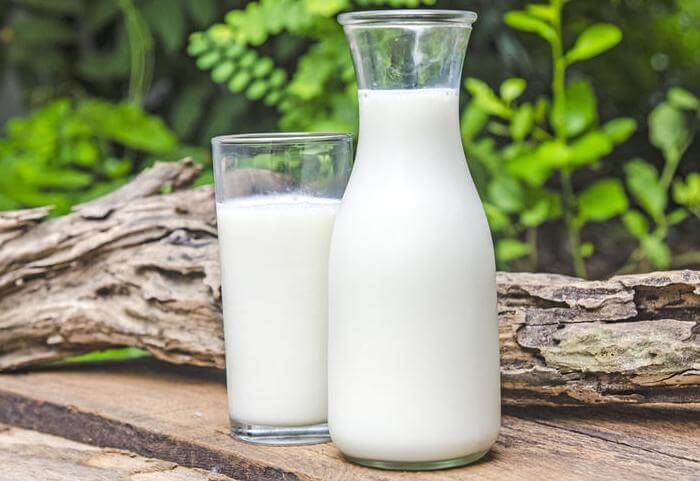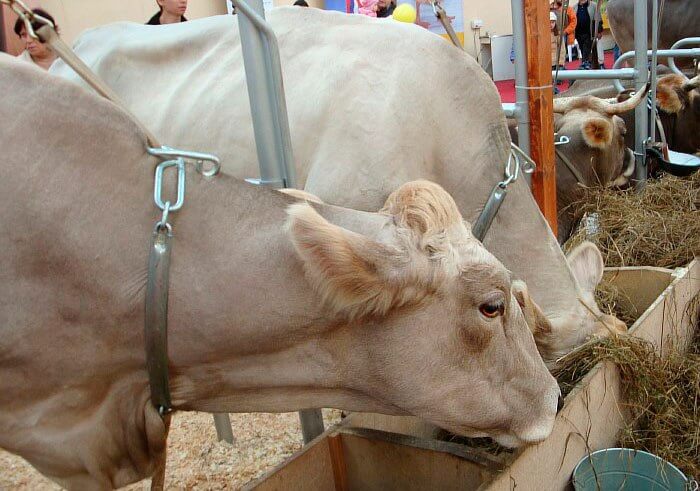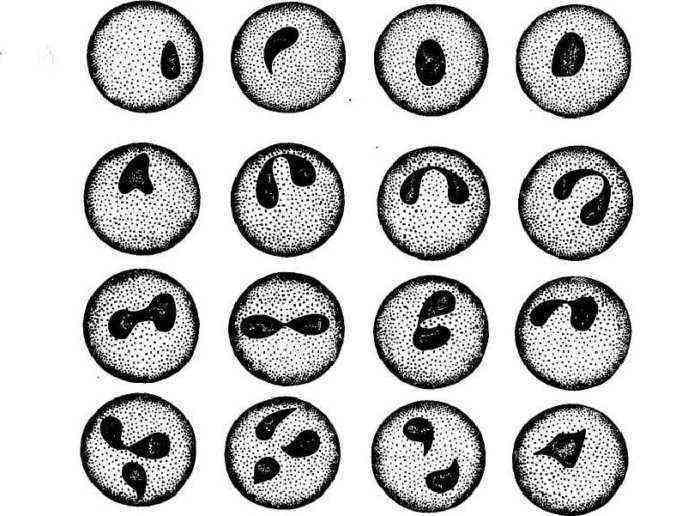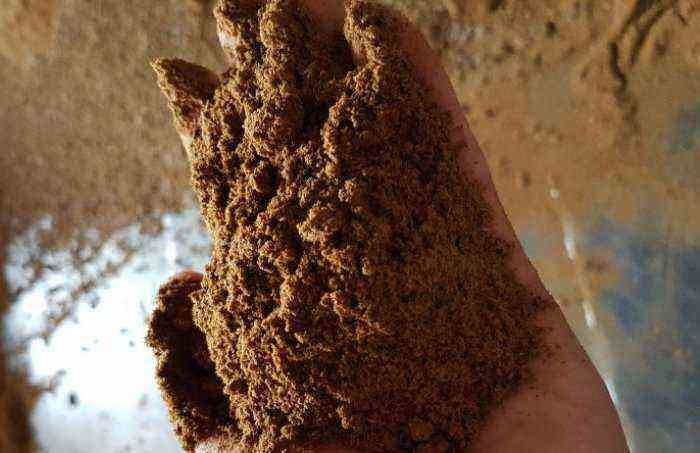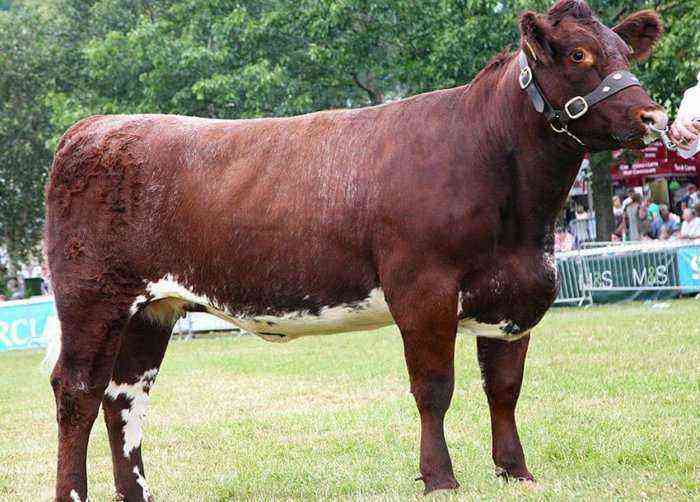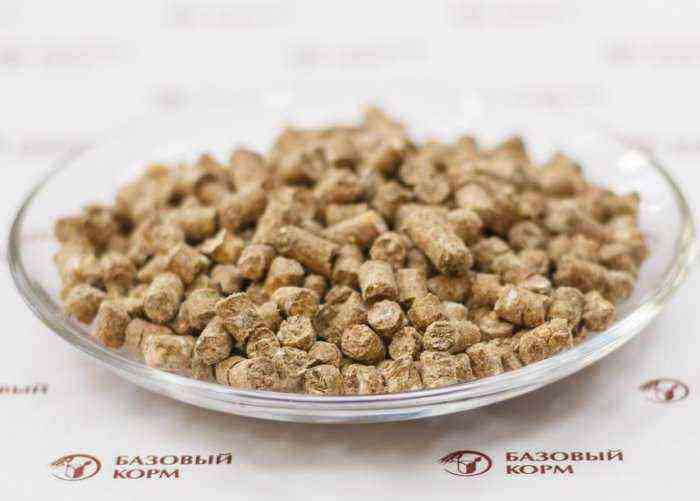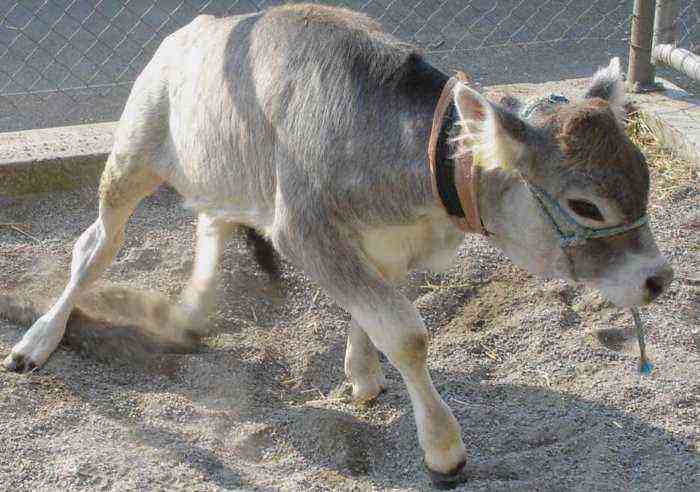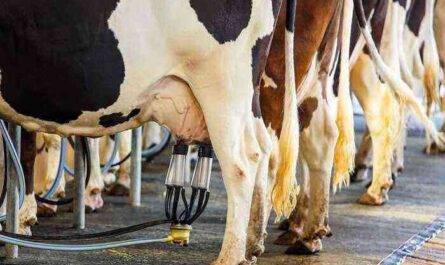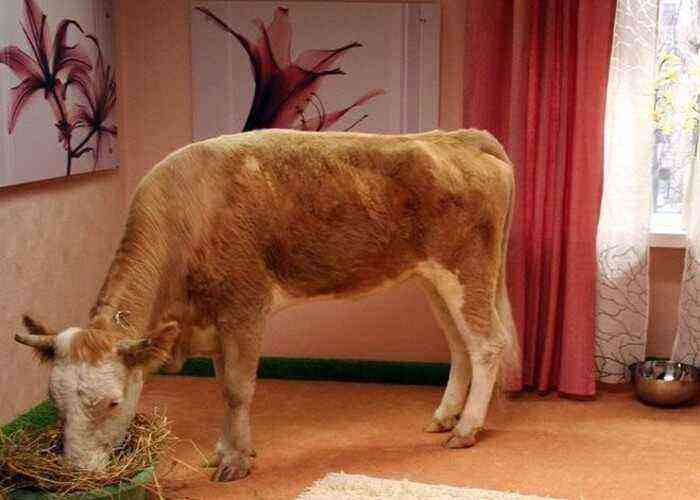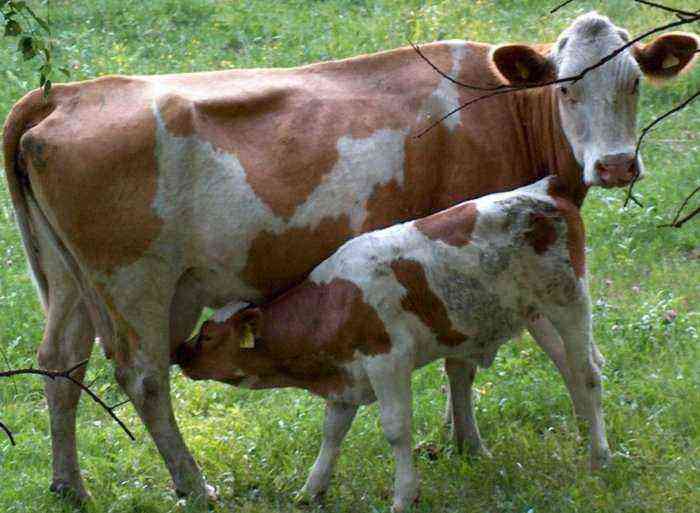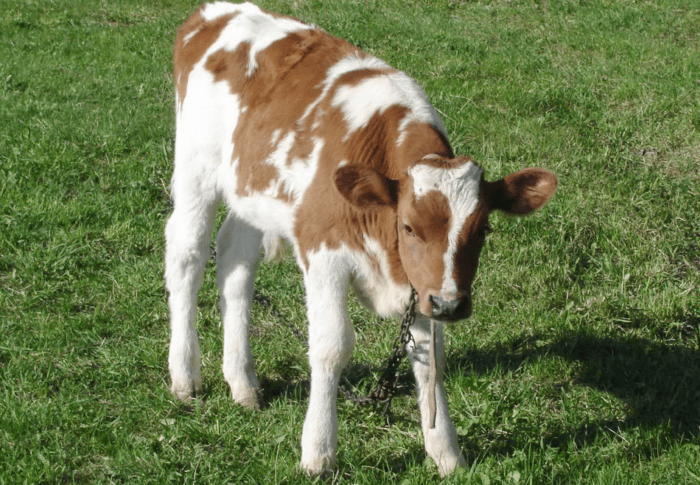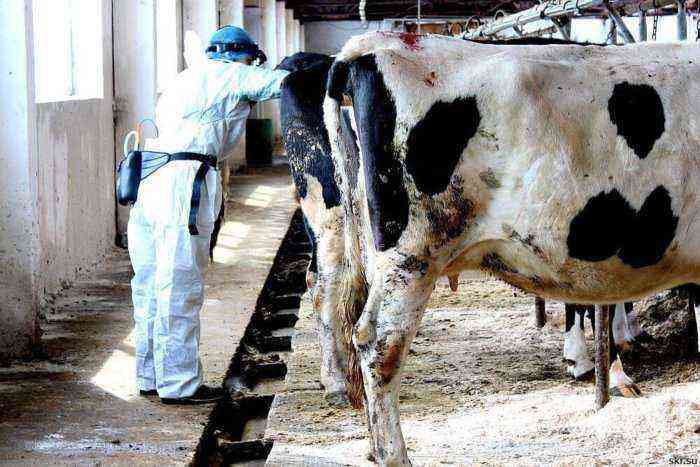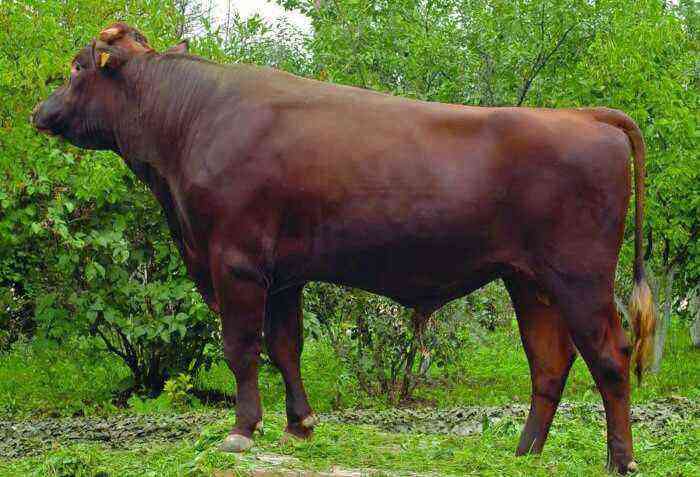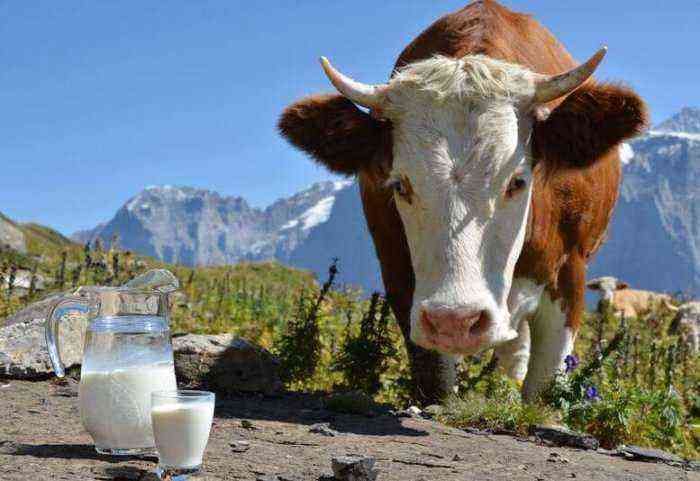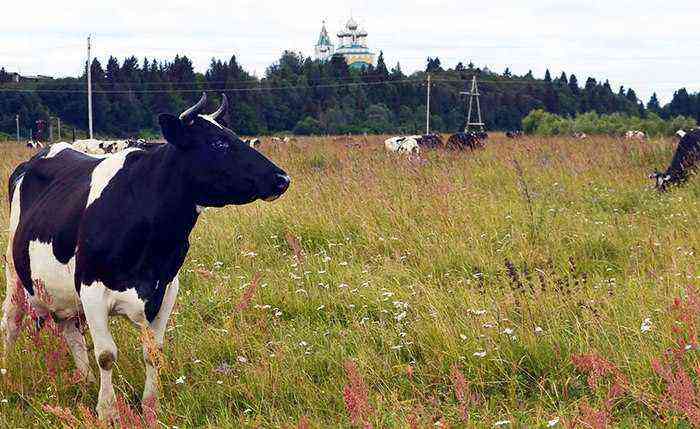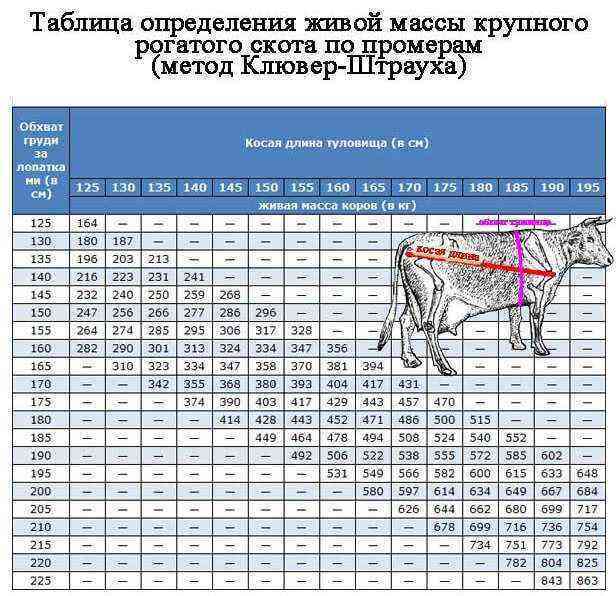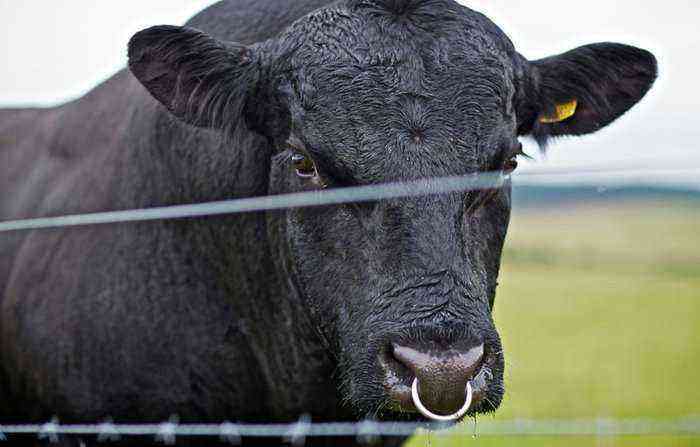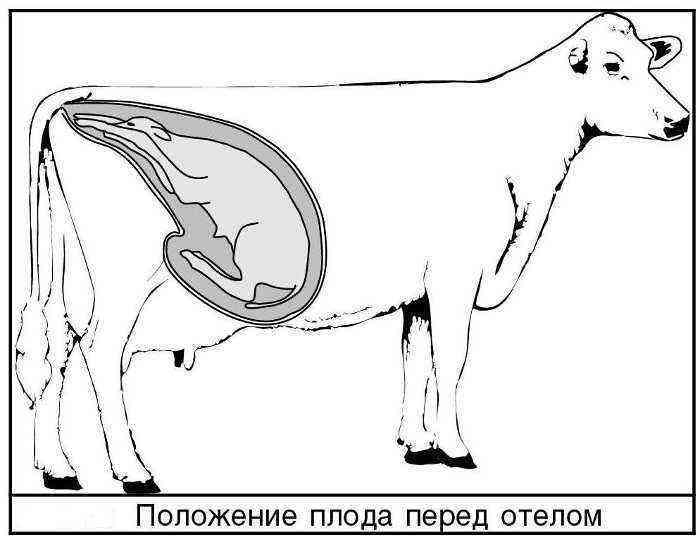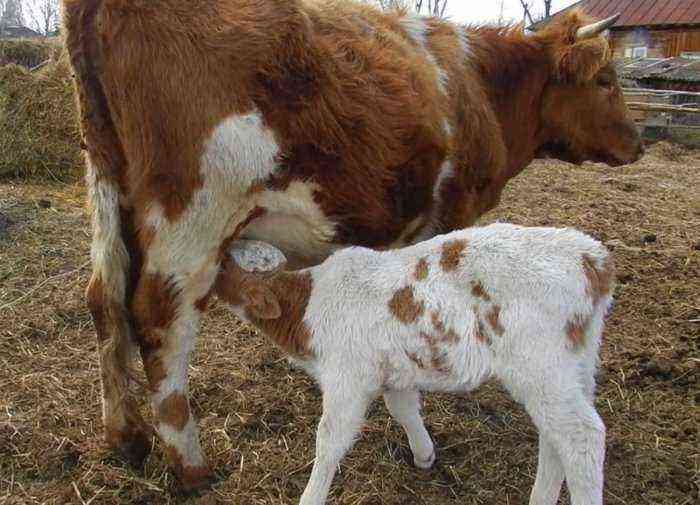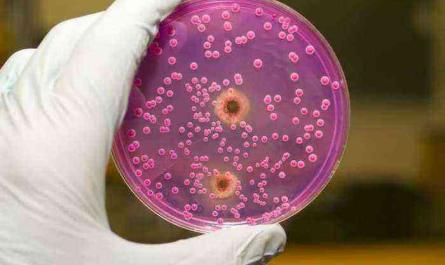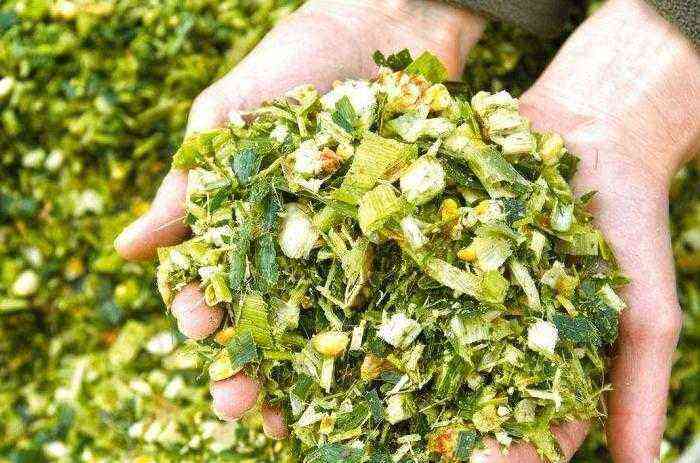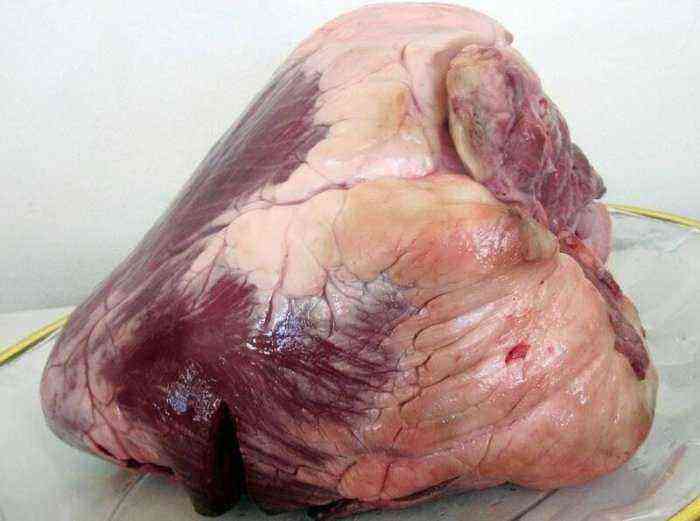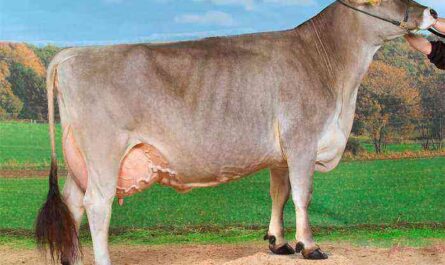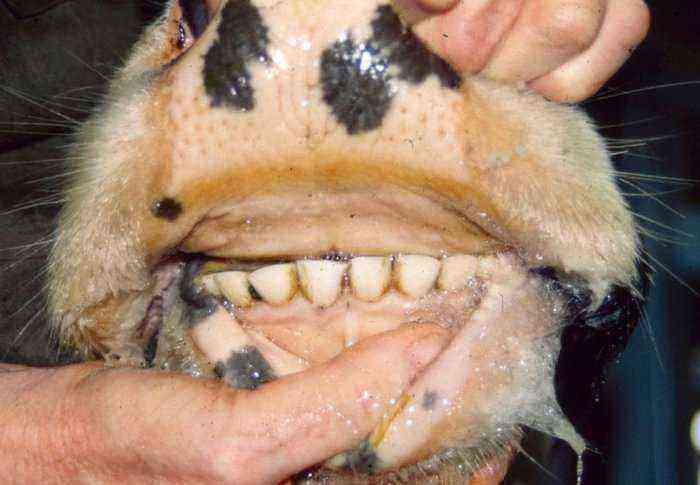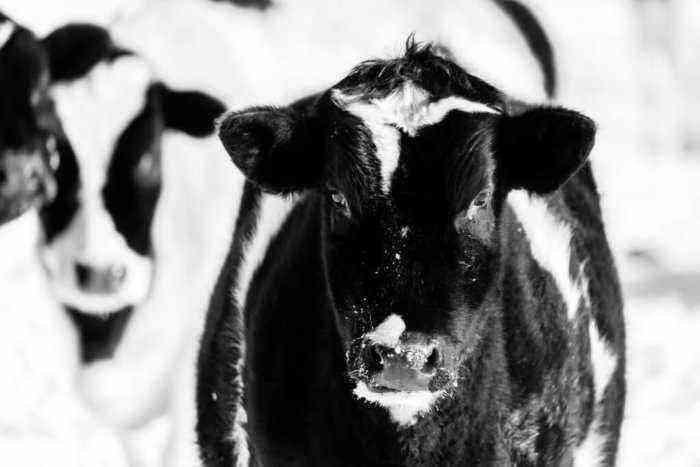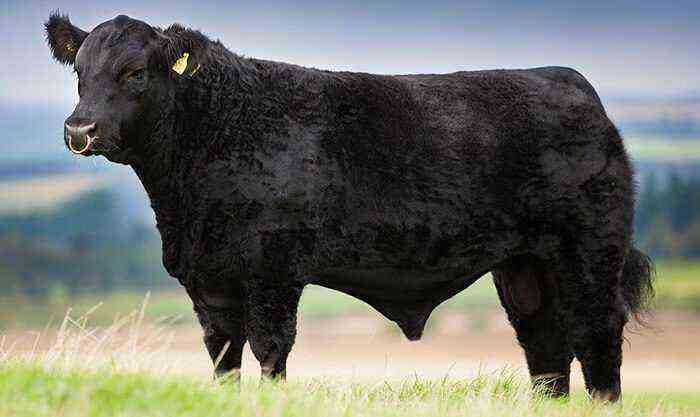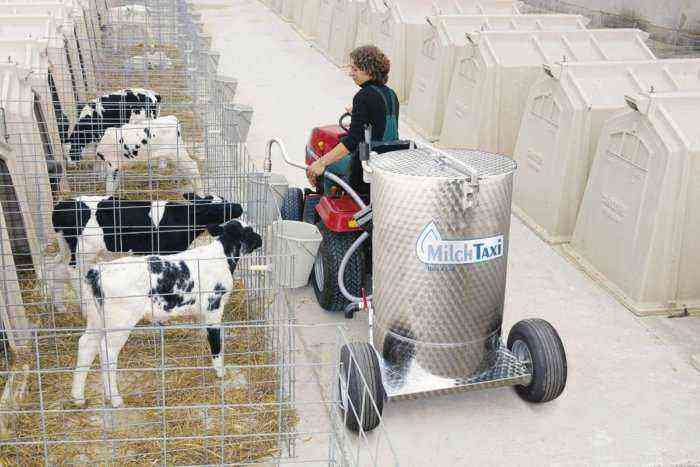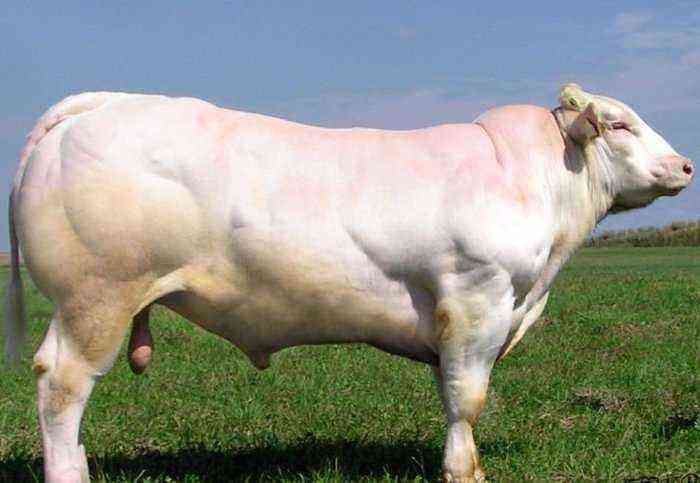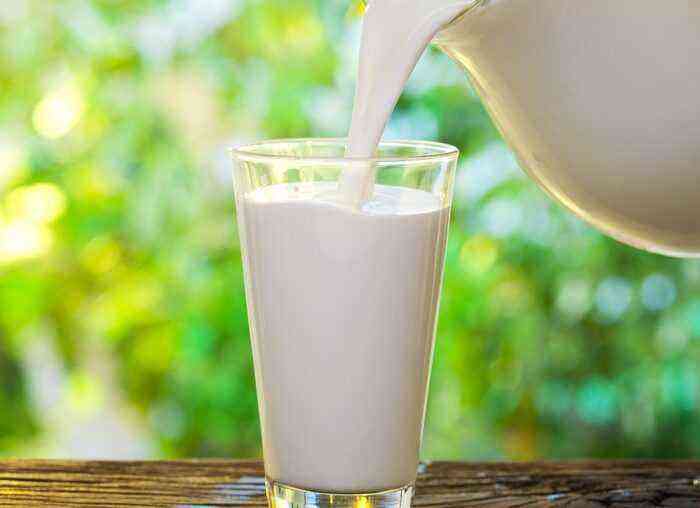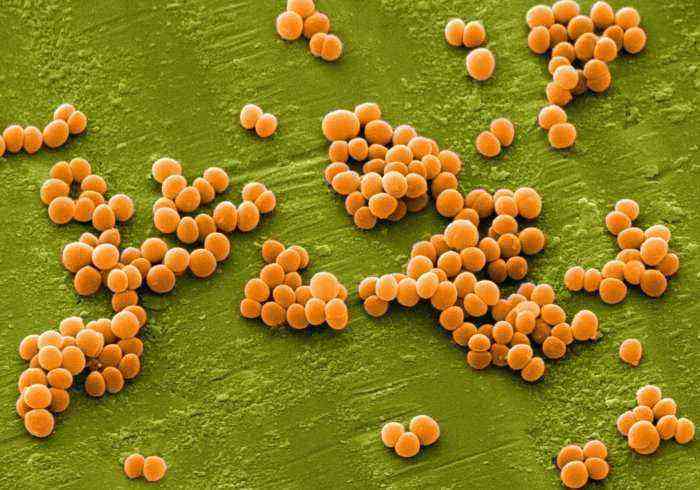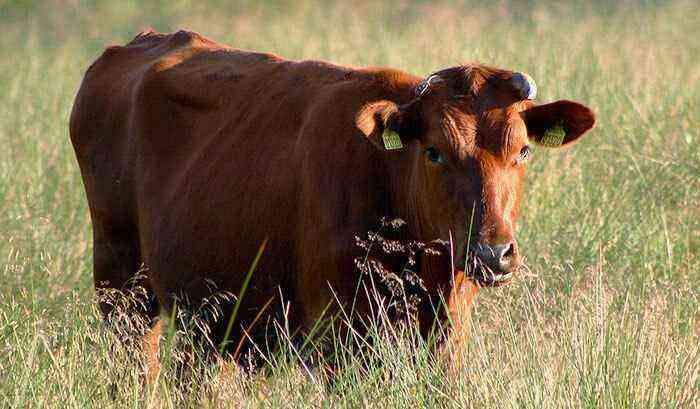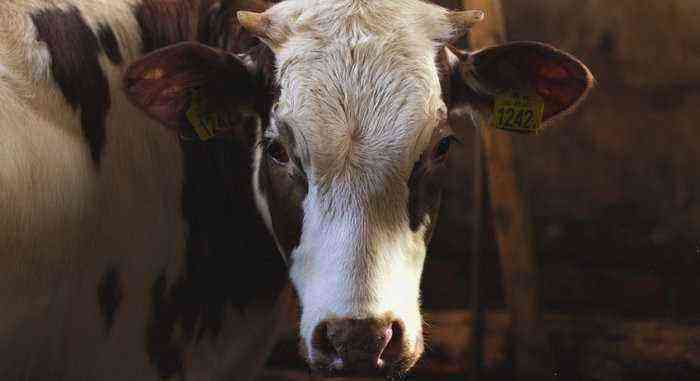In 1944, Soviet breeders bred the Kostroma breed of cows, which met all the requirements of farmers in our climatic latitudes. In a short time, it spread throughout the territory of the now former USSR and neighboring states.
Kostroma cow
Features
Origin
The time of the appearance of Kostroma cows fell on the difficult for Russia first half of the 20th century in the Karaevo farm. By crossing the Miskovskaya and Babaevskaya breeds, to which the Swiss and Algauz species were grafted, the process was accompanied by the selection of animals with the highest characteristics. In 1944, the Kostroma variety was approved as an independent one. Work to improve its characteristics continues to this day.
Appearance
The Kostroma cow was bred as a meat and dairy cow and has external features characteristic of such breeds. They are distinguished by a strong muscular physique, a somewhat elongated body, a flat back, short legs and a strong skeleton. They have a deep, well-developed chest and an elongated head. The udder is cup-shaped.
Productivity
Due to the impressive size at first glance, it may seem that the breed is exclusively meat and indeed, by the age of one and a half years, bulls gain up to 500 kilograms of weight, while the mass of an adult varies from 500 to 800 kg for cows and from 800 to 1200 kg for bulls. With good nutrition, the growth of young livestock reaches 1300 grams per day. Depending on age, the meat yield is up to 65% of live weight, while the meat product has high quality indicators.
Also, animals give very rich and stable milk yield. The average annual milk yield per cow is 5000-6000 liters, record holders reach 7000, and 70 cases of milk yields over 9000 liters are also known. With such milk yields, the fat content of milk with a correct and complete diet reaches a level above 4,1%, and the lactation period lasts 1 year.
The milk of the breed is fatty, the lactation period lasts 1 year
Advantages and disadvantages
The main advantage is the high productivity of animals, but these are not all the advantages of this variety.
- Cows are distinguished by endurance and long-term productivity of at least 20 years.
- Cows are unpretentious in food and easily digest roughage, while only increasing milk yield. When grazing on pastures, weight gain does not fall. Calmly tolerate a change in diet.
- Perfectly adapt to climatic changes, over the temperature fluctuations of central Russia.
- They have high immunity and good health.
- Light hotel.
- Animals are capable of reproduction already at the 15th month of life, subject to sufficient fattening.
Of the shortcomings, only one is noted – slow milk secretion, about 1,2 liters per minute.
Care and maintenance
The animal, although unpretentious, but if the farmer wants to get the maximum benefit from keeping, it is still worth providing the horned with everything necessary. The Kostroma cow lives in conditions that are not comfortable for the rest of the cattle, but it is important to take into account the surrounding conditions when forming the diet and other features.
- abundant feeding during the dry period is necessary;
- depending on the milk yield, it is imperative to select individual feeding for dairy cows;
- systematic monitoring of the growth of young animals and abundant feeding;
- excess concentrated feed increases the risk of developing intestinal diseases, reduces milk production;
- it is desirable to keep animals in well-maintained premises.
Cow maintenance
Possible problems in growing
The conditions of detention greatly affect the quality and quantity of milk. So at a low temperature, the fat content of milk increases, but milk yield decreases. In hot weather, there is a decrease in milk indicators in all respects, to even out the situation, it is necessary to increase the amount of succulent feed and provide free access to drinking water.
Important! The animal gets used to being in the herd, and changing the group can also negatively affect milk yields.
Sometimes calves may experience a delay in sexual development, usually caused by poor nutrition. Subject to all norms, the sexual maturity of bulls begins already at the age of eight months, therefore it is recommended to separate the babies when they reach the age of five months.
Conclusion
If you want to get maximum milk yield and high weight gain, do not forget that cattle, no matter how hardy they are, really appreciate affection and kindness. Like humans, she needs vitamins and minerals, and most importantly, it is important to protect the cow from stressful situations. If you follow all the conditions, then maybe your cow will be among the champions, there is a registered absolute record of 16252 liters of milk per year from one cow.
https://youtu.be/XiUdD2NAUJ0
